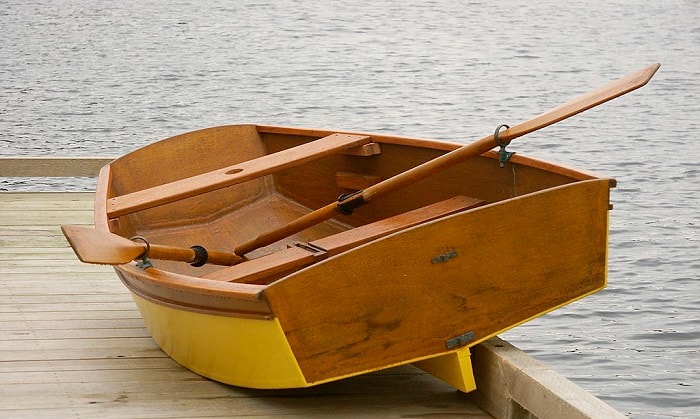
Beyond the Blueprint: Rethinking Plywood Boat Plans for the Modern Family
Building a plywood boat with your family isn't just about following plans; it's about forging memories, teaching valuable skills, and creating a unique vessel reflecting your family's personality. While countless resources exist on *how* to build a plywood boat, we often overlook the 'why' and the 'what if'. This article dives into those often-overlooked aspects, offering fresh perspectives for hobbyists, educators, and aspiring boat builders.
Designing Beyond the Standard: Tailoring Your Family Boat
Q: How can we move beyond cookie-cutter designs and create a truly personalized boat?
A: Most plywood boat plans offer a generic design. But your family's needs are unique. Consider these points for customization:
- Family Size and Activity: A boat for fishing requires different features than one for leisurely lake cruises. A larger family might need more seating or storage. Consider adding features like built-in rod holders, dedicated cooler spaces, or even a small sunshade tailored to your lifestyle.
- Aesthetics and Style: Forget the standard brown plywood! Explore different wood finishes, paint schemes, and even custom decals to make your boat visually unique. Involve the family in choosing colors and designs â€" it adds to the experience.
- Material Selection: While marine-grade plywood is crucial, consider incorporating other sustainable materials like bamboo or responsibly sourced hardwood for accents. This allows for exploration of different aesthetic and practical properties.
Q: How can educational institutions incorporate boat building into their curriculum?
A: Building a plywood boat offers a fantastic interdisciplinary learning opportunity. Integrate math (geometry, calculations), science (physics of buoyancy, hydrodynamics), art (design, aesthetics), and technology (tool use, digital design) into the project. Partnering with local boatyards or marine professionals could provide practical expertise and real-world context.
Building Smarter, Not Harder: Optimizing the Process
Q: How can we make the building process more efficient and family-friendly?
A: Traditional boat building can be time-consuming. To improve efficiency:
- Modular Design: Break the construction into smaller, manageable modules that different family members can work on simultaneously. This approach reduces frustration and encourages collaborative effort.
- Digital Fabrication: Explore using CNC routers or laser cutters for precise cutting of plywood components. This speeds up the process significantly and reduces the need for extensive hand tools, making it safer for younger participants.
- Phased Construction: Don't aim for perfection on the first try. Build in phases, allowing time for adjustments and learning. Starting with a smaller, simpler design is a great way to build confidence and skills before tackling more complex projects.
Beyond the Boat: The Lasting Impact
Building a boat is more than a construction project; it's a family journey. The memories created during the process, the shared challenges overcome, and the pride of seeing the finished product are invaluable. This project cultivates teamwork, problem-solving skills, and a deeper appreciation for craftsmanship and sustainability. The boat itself becomes a symbol of these shared accomplishments, a legacy that will last for years to come. This is a lesson that extends beyond woodworking; it's about family bonding and creating lasting memories that are as meaningful as the boat itself.
Remember to always prioritize safety when working with tools and on the water. Consult relevant safety guidelines and regulations before embarking on your boat-building adventure.






No comments:
Post a Comment
Note: Only a member of this blog may post a comment.